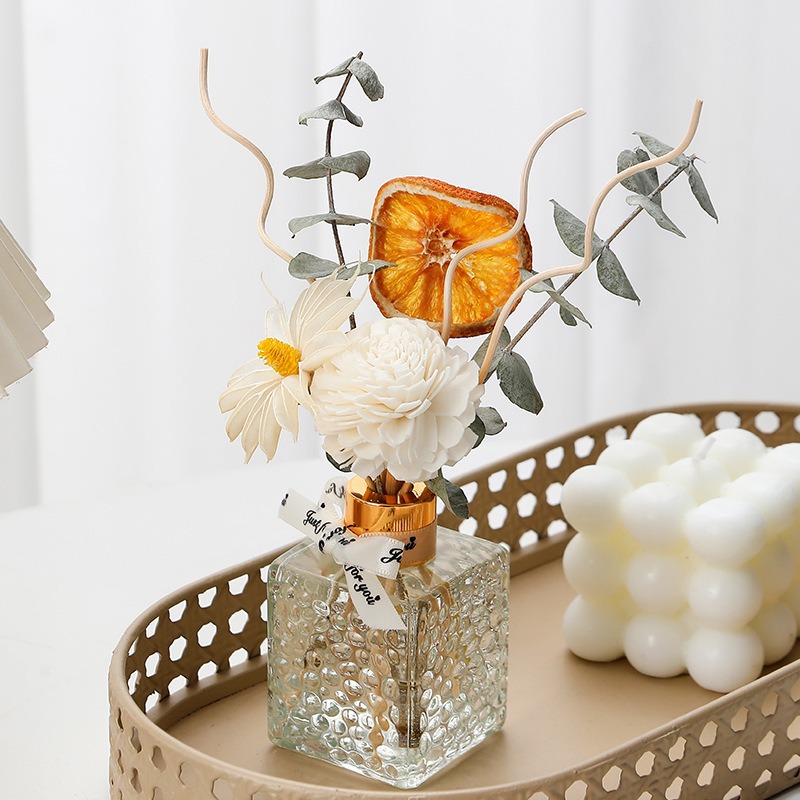Oriental Culture and Creativity Inspired Fragrance Journey | ScentSerenade
Is Your Essential Oil the Real Deal? Spotting Pure Potency
(how to tell if essential oils are pure)
Imagine this: you buy a beautiful bottle of lavender essential oil. It smells lovely. You use it hoping for calmness and better sleep. But nothing happens. Or worse, you get a headache. What went wrong? The problem might be the oil itself. It might not be pure. Knowing how to tell if essential oils are pure is crucial. Pure essential oils offer the real benefits. Impure oils waste your money. They might even be harmful. This guide helps you become a savvy essential oil shopper.
1. What Pure Essential Oils Actually Are
Pure essential oils are the concentrated, natural oils extracted from plants. Think of them like the plant’s life force captured in a bottle. They come from flowers, leaves, bark, roots, or seeds. The key word is “pure”. Pure means nothing added. Pure means nothing taken away. It’s just the plant oil. No synthetic chemicals. No cheap carrier oils bulking it up. No artificial fragrances. It is solely the aromatic compounds from that specific plant part. The extraction process matters too. Good methods include steam distillation or cold pressing. These methods preserve the oil’s natural properties. Solvent extraction often leaves residues. That’s not pure. So, pure essential oil is 100% natural, unadulterated plant extract. It has not been tampered with. It’s the real thing.
2. Why Pure Essential Oil Matters So Much
Using pure essential oils is important for several reasons. First, purity equals potency. Pure oils contain the full spectrum of natural compounds. These compounds create the therapeutic effects. They promote relaxation. They ease muscle tension. They support skin health. Impure oils lack these benefits. They might smell similar. But they won’t work the same way. Second, purity means safety. Pure oils used correctly are generally safe. Adulterated oils are risky. They might contain unknown chemicals. These can cause skin irritation. They might trigger headaches or allergies. Some additives are toxic. You don’t want those on your skin or in your air. Third, purity respects the plant. It takes a lot of plant material to make a little oil. Using pure oil honors that effort. It avoids supporting cheap, fake products. Finally, pure oils offer value. You pay for the real oil. You get the real benefits. Buying impure oil is wasting money. It might even cost you more in health problems later.
3. How to Test for Pure Essential Oil Yourself
You bought a bottle. How can you check its purity? You can do some simple tests at home. First, check the label carefully. Look for the plant’s Latin name. For example, true lavender is Lavandula angustifolia. The label should list only that oil. Avoid blends labeled as “pure” unless it’s a blend of pure oils. Check the price. Real essential oils cost money. If it seems too cheap, be suspicious. Second, do the paper test. Put one drop on white paper. Pure oil will evaporate completely. It leaves no oily ring. Adulterated oils often leave a greasy stain. Third, smell the oil. Pure oils have complex, changing aromas. They smell rich and deep. Synthetic oils smell flat or one-dimensional. They might smell harsh or chemical. Fourth, look at the bottle. Pure oils come in dark glass bottles. Usually amber or cobalt blue. This protects the oil from light. Plastic bottles are bad. Light and plastic degrade pure oil. Fifth, research the company. Reputable suppliers provide GC/MS test reports. These scientific tests prove purity. They show the oil’s chemical makeup. Good companies make these reports available. If a company hides this info, avoid them.
4. Applications Where Pure Essential Oils Shine
Pure essential oils have many safe and effective uses. Always dilute them first. Use a carrier oil like coconut or jojoba. For aromatherapy, use a diffuser. Add a few drops of pure lavender oil. It creates a calming atmosphere. Pure peppermint oil can boost focus. For topical application, mix pure oils with a carrier. Pure tea tree oil is great for skin blemishes. Pure chamomile oil soothes irritated skin. Pure lavender oil helps minor burns heal. Pure oils make excellent natural cleaners. Add pure lemon oil to vinegar and water. It makes a powerful surface spray. Pure oils work well in homemade beauty products. Add pure rosemary oil to shampoo. It promotes scalp health. Pure oils can scent homemade soaps and lotions. Remember, pure oils are potent. Always dilute them for skin use. Start with low amounts. Patch test first. Never ingest essential oils without expert advice. Pure oils offer versatile benefits for home, health, and well-being when used responsibly.
5. Pure Essential Oil FAQs Answered
(how to tell if essential oils are pure)
People often have questions about pure essential oils. Here are common ones. Can pure essential oils expire? Yes, they do. Most last 1-3 years. Citrus oils expire faster. Store them in a cool, dark place. Keep lids tight. Old oils lose potency. They might smell rancid. Are pure essential oils safe for pets? Be very careful. Many oils are toxic to pets. Especially cats. Cats lack enzymes to process them. Avoid using oils around pets. Or research pet-safe oils first. Consult your vet. Can I use pure essential oils neat? “Neat” means undiluted. It is rarely recommended. Even pure oils can irritate skin. Always dilute them. Exceptions are rare and specific. Why are some oils much cheaper? Cheap oils are likely diluted. They might be synthetic. Real pure oils require resources. Price reflects quality. How much pure oil should I use? Less is more. In a diffuser, 3-5 drops are often enough. For skin, use 1-2 drops per teaspoon of carrier oil. Follow guidelines. Start small. Pure oils are powerful. Use them wisely.



